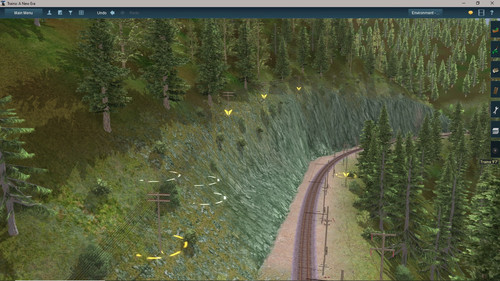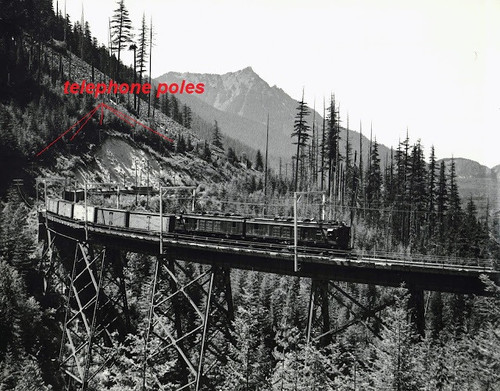Milwaukee Road has had a long, troubled past.
They sure did. From what I've read, they were latecomers to the Rockies with the PNW Extension, meaning the & Pacific part of their name. By the time they came along Jim Hill's Great Northern was already in operation across the plains and into the Rockies across the top with the MILW nearly running parallel in many places. The extension was also very expensive and the electrification only added to the debt that the railroad could never recover from. Combine this with management as you said, the other part that can ruin a business, that were hellbent on sucking every cent out of the company and lining their pockets.
The other issue is that the railroad also didn't interchange with GN or CB&Q when there were other opportunities such as near Cushman or Forsyth. This is quite obvious with the old route in Forsyth, MT. I stopped there on a storm-chasing trip as we headed up to Great Falls in July 2012. On the southern side of the Yellowstone River is the town, which is a BNSF division point on their trans-con line. When we were there, the yard had a number of trains waiting crews or dispatching, and at one point the yard was even bigger but was slimmed down to what it is today. The town literally parallels the railroad and exists because of the railroad.
The now abandoned MILW ROW was located across the river and ran deep down in the valley far away with no interchange possible with what is today's BNSF main line.
The MILW then continued on its northwestern trek towards Seattle as it passed through some of the most remote areas with zero, or near zero populations through towns such as Sumatra, MT. Their biggest business out there was seasonal cattle and grain, and seasonal business doesn't do a lot. The PNW Extension had fast through freights, but with their deferred maintenance on everything this mitigated any chances they had of making more money even though this line was actually making money.
As the route parallels US 12, it finally hits what is a more substantial town of Melstone, MT. With US 12 paralleling the line all the way, I could see the site of the old roundhouse and even remnants of infrastructure such as a train order loop. That was it and this continued all the way along the line until they reached Roundup where we headed due north as the old ROW headed west and actually curved a bit south.
I have a feeling that the railroad engineering department chose the wrong locomotives for the line but were too cash-strapped to upgrade them to something more substantial.



